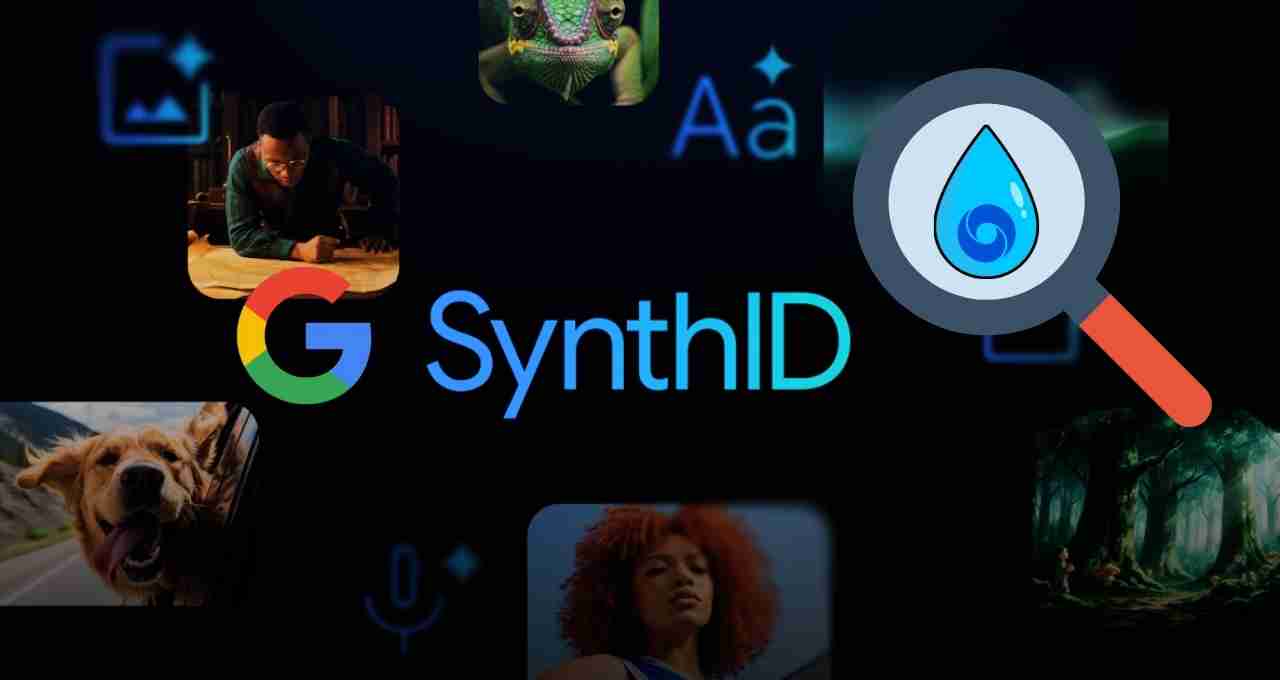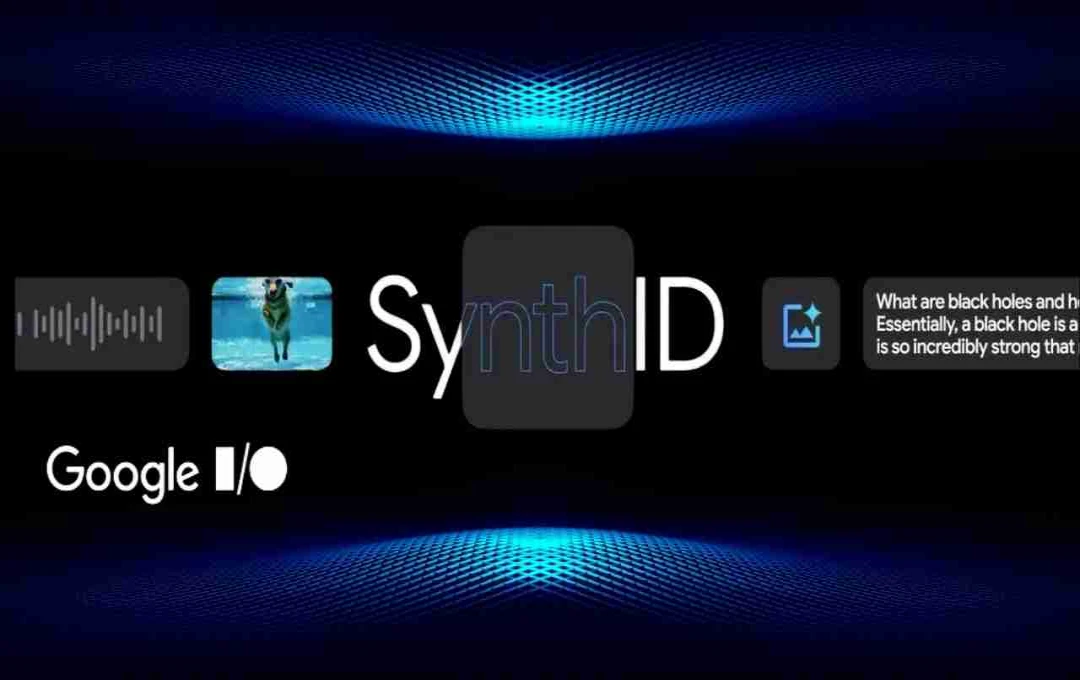Since the advent of Artificial Intelligence (AI) in the technology world, a major question has persisted: how can we differentiate between human-created and AI-generated content? Addressing this concern, Google announced a revolutionary tool, the SynthID Detector, at its annual developer conference, Google I/O 2025. This tool is specifically designed to identify digital media created using Google's AI tools.
What is SynthID Detector?
SynthID Detector is a web-based verification portal developed by Google DeepMind. Its aim is to enhance the transparency of AI-generated content, enabling users to identify whether an image, audio, video, or text is genuinely human-created or the output of an AI model.
Google initially introduced SynthID technology in 2023. At that time, it only had the capability to add an invisible watermark to images. In 2024, the company open-sourced it, allowing developers and companies to integrate it into their AI products. Now, in 2025, its major upgrade—SynthID Detector—has arrived, capable of detecting that watermark.
How does it work?
SynthID Detector is a user-friendly online tool. If someone suspects a photo, video, text, or audio file is AI-generated, they can upload it to the SynthID Detector website. Upon uploading, the tool immediately begins scanning the media.
During scanning, the tool identifies a specific type of invisible watermark, imperceptible to the naked eye. If the watermark is present, the tool clearly indicates that the content is AI-generated. It also provides information about which Google AI tool (such as Gemini) was used to create it. This allows for easy identification of whether digital content is authentic or AI-generated.
Supported Formats

Image Formats (Images): If a photo or graphic image seems suspicious and potentially AI-generated, you can upload it to SynthID Detector. The tool identifies hidden watermarks within the image to determine if it was created using Google's AI models like Imagen.
Audio Formats (Audio): This tool now helps identify AI-generated music or audio clips. It readily detects audio created using Google's AI models like MusicLM, provided the SynthID watermark is present.
Video Formats (Video): Verification of video content is now simplified. If a video is generated by DeepMind or other Google AI models, SynthID Detector can identify it and indicate whether the video is authentic or AI-generated.
Text Formats (Text): AI-written articles or paragraphs can now be identified using this tool. If a text is written using Google Gemini or other AI tools and contains the SynthID watermark, the tool quickly scans and provides the results.
Watermarking Technology Features
The most significant feature of SynthID technology is its ability to add watermarks without any visible alterations to the content. This means a specific code is embedded within a photo, video, audio, or text, invisible to the human eye but easily detectable by machines. This watermark is integrated into the pixels or data structure of the content in a way that makes it undetectable to users while remaining identifiable.
Google claims this watermark is highly robust and persists even after modifications like photo editing, cropping, video trimming, or file compression. This makes the technology highly reliable in identifying AI-generated content. Importantly, this watermark does not affect the content's quality; what you see or hear remains unchanged.
Limitations and Challenges
While SynthID Detector is a significant step toward increased AI transparency, it has limitations. It can only identify content created by Google's AI systems. Users uploading content from Meta, OpenAI, or other companies' AI tools will not receive any results.

Furthermore, it is currently in the testing phase and is available to select research institutions and journalists. There is no definitive date for when the tool will be rolled out to the general public.
Why is this tool necessary?
AI technology is rapidly advancing, but so are the risks of its misuse. AI-generated fake news, deepfake videos, and fabricated audio clips are rapidly spreading on social media, potentially misleading people. Therefore, verifying the authenticity of digital media has become crucial. SynthID Detector offers a robust solution, easily determining whether content is authentic or AI-generated.
Google believes that this tool will be used in journalism, cybersecurity, academic research, and digital content verification in the future. This will boost internet trust, allowing people to confidently rely on accurate information. Thus, SynthID Detector will play a vital role in maintaining trust and transparency in the digital world.
Future Plans
Google's AI division aims to make SynthID Detector more advanced and useful in the future. The company plans to expand its compatibility beyond Google's AI models to include other major AI models, making it more effective and comprehensive. Google believes that if governments, media organizations, and tech companies collaborate on adopting this technology, it could evolve into an international verification system and global standard, curbing fake AI content worldwide.
SynthID Detector is a crucial tool launched by Google, designed with the future in mind. It could become a reliable method for verifying content authenticity in the digital age.
While it currently has limitations, its arrival is considered a significant step towards AI transparency and responsible use. As it becomes more accessible to the public, its use can prove instrumental in combating fake news and misinformation.














